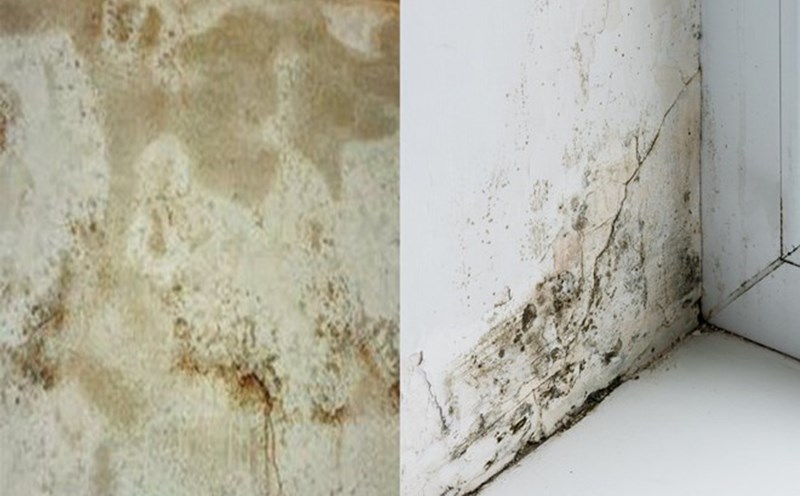Harmful effects of the habit of drying wet clothes indoors
Dr. Jagadish Hiremath - Medical Director at Aasra Super Speciality Hospital (India), said that drying damp clothes indoors increases humidity, creating ideal conditions for mold to grow.
As clothes dry naturally, moisture evaporates into the air, increasing the humidity in the enclosed environment.
“A single load of laundry can release up to 2 liters of moisture into the air, creating an ideal environment for mold to grow. In poorly ventilated spaces, moisture condenses on cold surfaces such as walls, ceilings and windows, forming damp patches that encourage mold growth,” explains Dr. Jagadish Hiremath.
Drying clothes indoors regularly also increases the humidity continuously, exacerbating this problem.
Many studies have shown that homes with humidity above 60% are susceptible to mold growth, and drying clothes indoors can increase humidity beyond this threshold, causing serious health problems.
Effects on the respiratory system
Dr. Jagadish Hiremath emphasizes that exposure to mold can lead to respiratory problems such as coughing, wheezing and difficulty breathing, especially in people with respiratory conditions or weakened immune systems.
Mold spores are also allergenic, causing sneezing, runny nose, itchy eyes, and skin rashes. Some molds, such as Stachybotrys chartarum (black mold), produce toxins that can cause fatigue, headaches, and immune suppression.
Infants, the elderly, and people with weakened immune systems are especially susceptible.
According to the World Health Organization (WHO), indoor humidity and mold are linked to respiratory infections and asthma incidence.
Solution
To dry clothes safely indoors, minimize humidity and ensure good ventilation. Use a dehumidifier to keep humidity below 60%, open windows or use fans to improve air circulation. Heated drying racks, vented dryers and smaller loads help speed drying and reduce humidity.
Absorbent materials such as silica gel or activated carbon dehumidifiers can also help you effectively.
Check for mould regularly, clean surfaces prone to condensation and maintain indoor temperatures between 18-22 degrees Celsius to avoid dampness.











